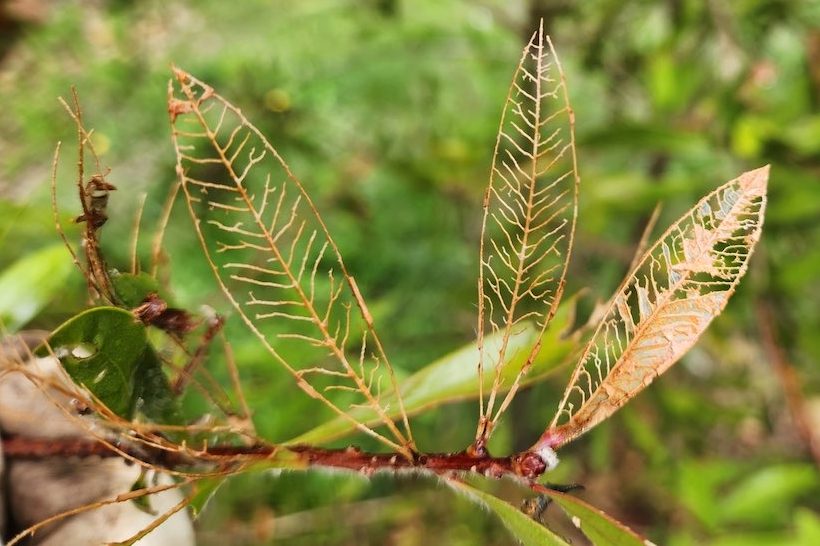
“While they can look a little ordinary most of the year, when rhododendrons are flowering we know why we plant them,” writes gardening columnist JACKIE WARBURTON.
RHODODENDRONS are coming into flower and, as an evergreen, tropical, large shrub, it can fill a space in a large garden.

They are extremely slow growing but long lived and, once they’re established, they really put on a flowering show.
Rhododendrons are shallow rooted and grow well under large conifer trees where the pH is perfect for them or under large trees with overhanging branches to provide dappled light in the summer. They like excess water with good drainage and lots of mulch.
While they can look a little ordinary most of the year, when flowering we know why we plant them.
They like an acid soil and grow well with camellias, gardenias and other acid-loving plants.
To encourage more flowering next season, deadheading the flowers can be done by twisting the old flower heads off with your fingers and then the plant will send up new shoots.
I have also chopped some old rhododendrons to 30 centimetres from the ground and they bounced back with new, compact growth.
There’s a native rhododendron that grows in Canberra and flowers in summer called Rhododendron lochiae. It’s at the Botanic Gardens for all to see.
WITH all the rain of the last few years, some rhododendrons may have pest issues.
Thrips and red spider mite will have leaves looking pale and curled with distinct silvering on the upper side of the leaves, while the thrips chew on the undersides leaving black droppings. Spray the underside of the leaves with neem oil to minimise pests. A repeat spraying may be required. But, importantly, don’t not spray for pests when plants are flowering.
Thrips are about one to two millimetres long with narrow bodies that are difficult to see with the naked eye. Once there is a thrips infestation it can be difficult to eradicate, but removing infected leaves and placing them into the green bin will help keep the pests down.

THE Callistemon sawfly (Pterygophorus sp) is in abundance at the moment. Its a large, pointy tailed caterpillar that’s easy to see. It can decimate the foliage of a bottlebrush in no time and skeletonise the leaves. The top half of the bush is left with bare sticks and if the population of insects builds up, the shrub will eventually die. They also like to eat eucalyptus and melaleucas.
Fortunately they don’t sting and are not harmful to humans or animals.
If more than 50 per cent of the shrub is affected, then trim the damaged leaves. Give them to the chooks or place them in the green bin, but not the compost.
Hand pull any caterpillars and place in soapy water. This will lessen the population and, hopefully, help to get flowers next season.
If the shrubs are too big to manage, try the organic insecticide Diapel, which kills only caterpillars and is safe for beneficial insects such as ladybirds and bees.
One Callistemon that grows without this pest is the stiff bottlebrush (Callistemon linearis). It has slender leaves and is resistant to the callistemon sawfly. It grows well, to two metres, in full sun. It’s also drought and frost tolerant. Its bright red flowers cover the entire bush in late winter to early spring and it’s a delight for the wildlife as well.
Jottings…
- Keep vegetables growing fast to prevent bitter taste.
- Plant potted colour in the garden for flowers at Christmas.
- Keep on top of weeds and hand pull before they flower.
- Stake and tie dahlias as they grow for support.
Who can be trusted?
In a world of spin and confusion, there’s never been a more important time to support independent journalism in Canberra.
If you trust our work online and want to enforce the power of independent voices, I invite you to make a small contribution.
Every dollar of support is invested back into our journalism to help keep citynews.com.au strong and free.
Thank you,
Ian Meikle, editor





Leave a Reply